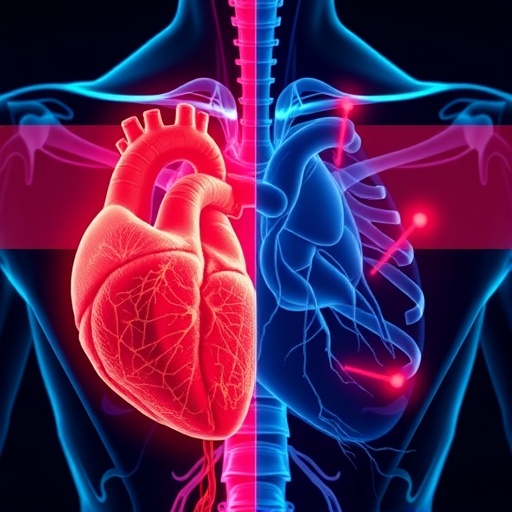Biophotons May Shed New Light on Body and Brain Activity

Can living beings, plants, animals, and even humans emit light, silently and invisibly, as a part of their biological processes? A recent study published in The Journal of Physical Chemistry Letters, conducted by researchers from the University of Calgary, successfully detected the ultra-weak light emitted by living organisms, including both plants and animals.
The researchers observed that death of an organism results in the cessation the light production. The emitted light is so faint that it can only be detected using extremely sensitive equipment. They eliminate the potential influence of heat on biophoton production by heating the dead subjects and subsequently analyzing the emissions. They also observed that damage to plant leaves results in a greater emission of light compared to healthy plant parts [1]. This groundbreaking research has garnered widespread media attention. However, the phenomenon of biophotons emitted by biological systems was proposed a few decades ago.
The light within: A rediscovery
In the 1970s and 1980s, German physicist Fritz-Albert Popp conducted a series of controversial yet thought-provoking studies suggesting that living cells continuously emit photons within the ultraviolet-to-visible spectrum. Popp coined the term “biophotons” and hypothesized that this emission could play a role in cellular communication, coherence, and potentially even in the regulation of biological processes [2].
It is assumed that oxidoreduction reactions in biological systems, facilitated by specific enzymes, such as those involved in the removal of reactive oxygen species, are the main source of biophotons. These reactions produce excited molecular species that return their electrons from a higher energy state to the ground state, resulting in the light emission. The wavelength of this emission is often in the ultraviolet-to-visible range.
Brain activity and biophoton emission
With the change in their frequency, wavelength, or amplitude, electromagnetic waves can transfer information like what we see in television and satellite waves or optical fibers. Scientists achieve a huge amount of data from stars and planets that are millions of light years away from us, just by analyzing of the weak light that reaches us.
If this feeble light contains information about the organs or tissues it emits, the results regarding the brain should be even more intriguing. Although these questions may be influenced by our deeply held spiritual beliefs about the mind, it is still valuable to study whether psychological states, such as happiness, sadness, anger, and love, alter the spectra of emitted light.
The brain consumes more energy than other organs, considering its size. Higher metabolic activity is associated with the brain’s ultra-weak emission production. The scientists proposed that these weak light signals, emitted by neurons, could provide non-invasive insights into neural processes, aiding in understanding brain function and disorders. These feeble glows, typically in the ultraviolet to near-infrared spectrum, may represent metabolic processes, oxidative stress, or neural signaling, potentially offering a non-invasive way to monitor cognition, disease states, and brain function in real time [3].
Imagine if photons were not merely metabolic byproducts of biochemical reactions, but instead carried meaningful patterns; they could revolutionize our methods of tracking brain activity, complementing traditional electrical and chemical approaches. Some experimental evidence suggests that light emitted by neurons plays a role in signal transduction and information processing within neural circuits.
Biophotons may help transmit signals in several ways, such as through synaptic communication, microtubule interactions, and quantum processes [4]. If biophotons participate in neural signaling, some neurons must emit them while others receive them.
Overall, these experimental and theoretical findings stimulate our curiosity to explore whether the ultra-weak light emitted by biological systems represents a fundamental aspect of their function or merely a byproduct of oxidative reactions, particularly in the nervous system.
Neuroscience Essential Reads
Regarding the human brain, it is essential to investigate whether this phenomenon plays a role in information transfer. Some propose that interpersonal “energy” or empathic resonance might have a physiological basis. While such ideas currently lack empirical support, they offer intriguing hypotheses for future interdisciplinary research. In the study of mind and consciousness, biophotons could serve as subtle indicators, or even functional components, of the neural mechanisms underlying subjective experience. This would not imply a supernatural or “aura”-based explanation but could instead integrate light into a scientifically testable model of cognition.
For scientific progress, asking better questions is often more valuable than seeking immediate answers. The rediscovery of biophotons, long overlooked but now detectable with advanced technology, poses one such question: Can the brain’s light reveal the mind’s secrets? However, we must guard against misinterpreting biophoton research to support pseudoscientific claims. Rather, these findings should inspire rigorous studies to unravel the brain’s mysteries.
link





